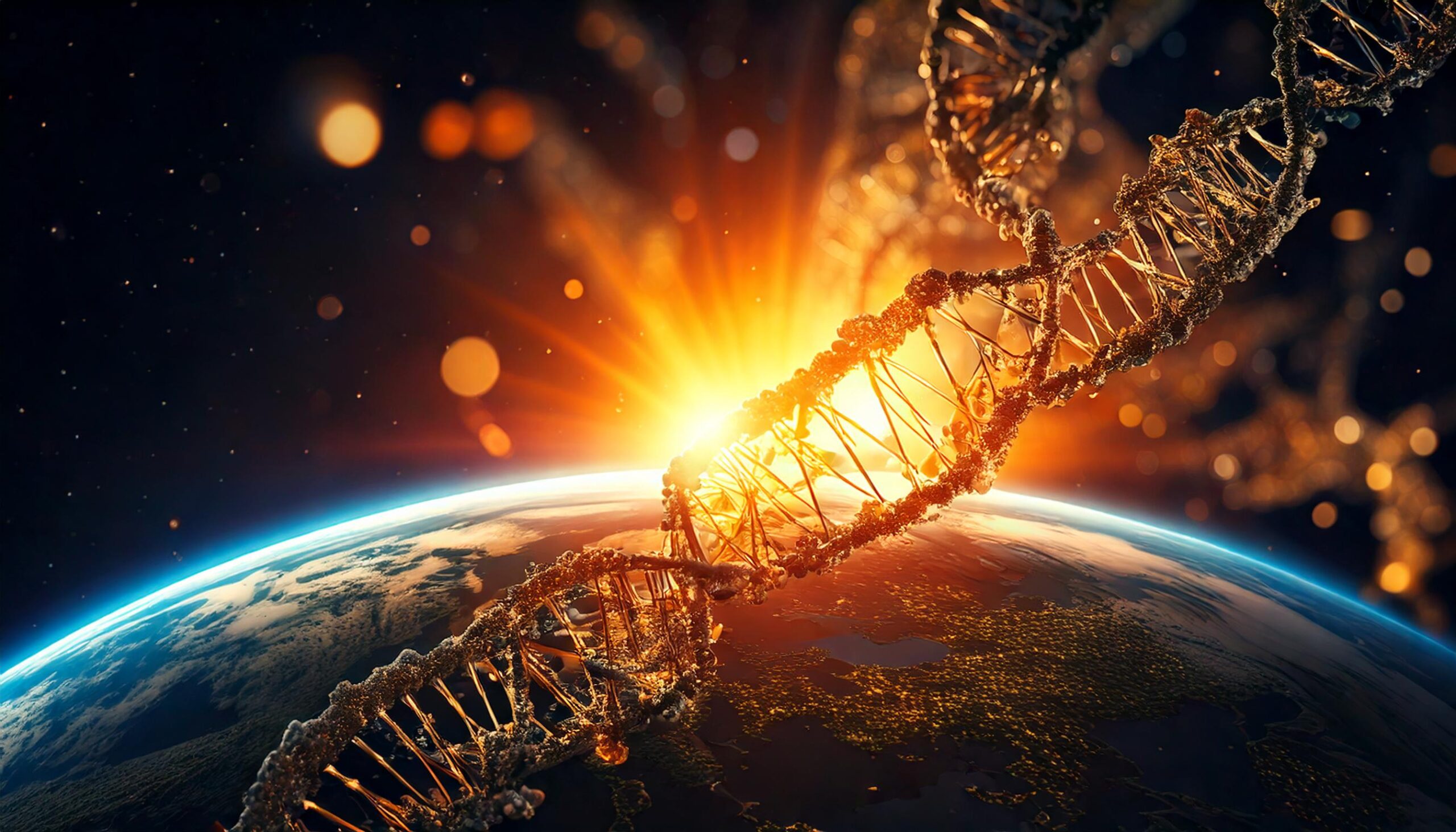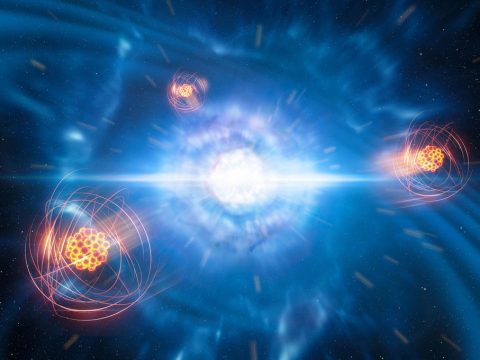
Life’s origin is so difficult to explain because life itself is so remarkably complex and sophisticated. During the time of Darwin, scientists believed life was rather simple. And thus, there would likely emerge an explanation for how it could arise naturally. But the opposite has turned out to be true. The more we learn about the cell, the greater complexity and technological prowess we discover. In fact, nearly every feature of our own advanced technology can be found in the cell.
Biologists today describe the cell using language reminiscent of engineering and computer science. They regularly use terms such as genetic code, information-processing system, and signal transduction. Influential atheist Richard Dawkins writes, “Apart from differences in jargon, the pages of a molecular-biology journal might be interchanged with those of a computer-engineering journal.” (Dawkins, ROE, 17)
With the discovery of the structure of DNA in 1953, scientists learned that information is basic to life. The information for organizing proteins is stored in four nucleotide bases: guanine (G), adenine (A), thymine (T), and cytosine (C). These four bases function as letters of an alphabet, creating meaningful arrangements, which is why biologists regularly refer to DNA and RNA as carriers of “information.” The amount of information in the human body is outright staggering.
The human body has an average of one hundred trillion cells. In a single cell, the DNA contains the informational equivalent of roughly eight thousand books. If the DNA from one cell were uncoiled, it would extend to about three meters in length. Thus, if the DNA in an adult human were strung together, it would stretch from Earth to the sun and back roughly seventy times! (Roberts and Whorton, HQGUC, 323)
But DNA does not just store information. In combination with other cellular systems, it also processes information. Bill Gates likens DNA to a computer program, though far more advanced than any software humans have invented. (Gates, RA, 228) This is why Davies says, “Life is more than just complex chemical reactions. The cell is also an information storing, processing and replicating system. We need to explain the origin of this information, and the way in which the information processing machinery came to exist.” (quoted in Flew and Varghese, TIG, 128)
Flew, once an avowed atheist who, following the evidence, came to believe in the existence of God, clearly states the nature of the problem of the origin of life: “How can a universe of mindless matter produce beings with intrinsic ends, self-replicating capabilities, and ‘coded chemistry’?” (Flew and Varghese, TIG, 124)
Josh McDowell, Sean McDowell. Evidence That Demands a Verdict: Life-Changing Truth for a Skeptical World.



